Why Big Tech Prioritizes User Feedback from Patriots over Progressives

If you found your way here, please, subscribe now, and get 50% off! Relying on the algorithm to reach you is not getting better any time soon, but my writing sure AF is.
The back story to "Why Big Tech Prioritizes User Feedback from Patriots over Progressives."
As a designer and writer, tech is this amazing tool, and it's also the bane of my existence. Social media is no exception.
I've lamented my love-hate relationship with LinkedIn, threatening to break up, back in 2021. That piece led one reader to say "Wow. After that incredible read, I am speechless. I am not alone."
Then, in May 2022, LinkedIn announced more changes to the algorithm, feed controls, and other funky product "safety" updates, giving users some pretty poor product updates. I wrote the article below (originally shared on Medium) to highlight the sheer ridiculousness of Big Tech claims that they are trying to improve the products for us. The changes in 2022 allowed LinkedIn trolls to more easily down vote, hide, or report content from the "radical left."
UX, algorithm, and product updates rolled out by social media, blog platforms, and other content aggregators continue to hurt change makers and anyone disrupting the b.s. of the 1%. Don't let the platforms gaslight you. Creators, YOU ARE NOT ALONE.
Several years later, LinkedIn is still as frustrating as ever. People from the Global Majority, women and those outside the gender binary, those taking anti-war and anti-capitalist stances, and anyone condemning patriarch and white supremacy struggle to be heard.
With the dumpster fire more like a wildfire, our voices are more important than ever. What we share matters to us, and we know it matters to our followers. We cannot continue to let algorithmic bias dictate our value or our income. Our words are worthy. Period.
Revisiting Big Tech's "Priorities": How LinkedIn’s Product Design Updates Favor Homogeneity, Banality, and Patriarchy over Safety.
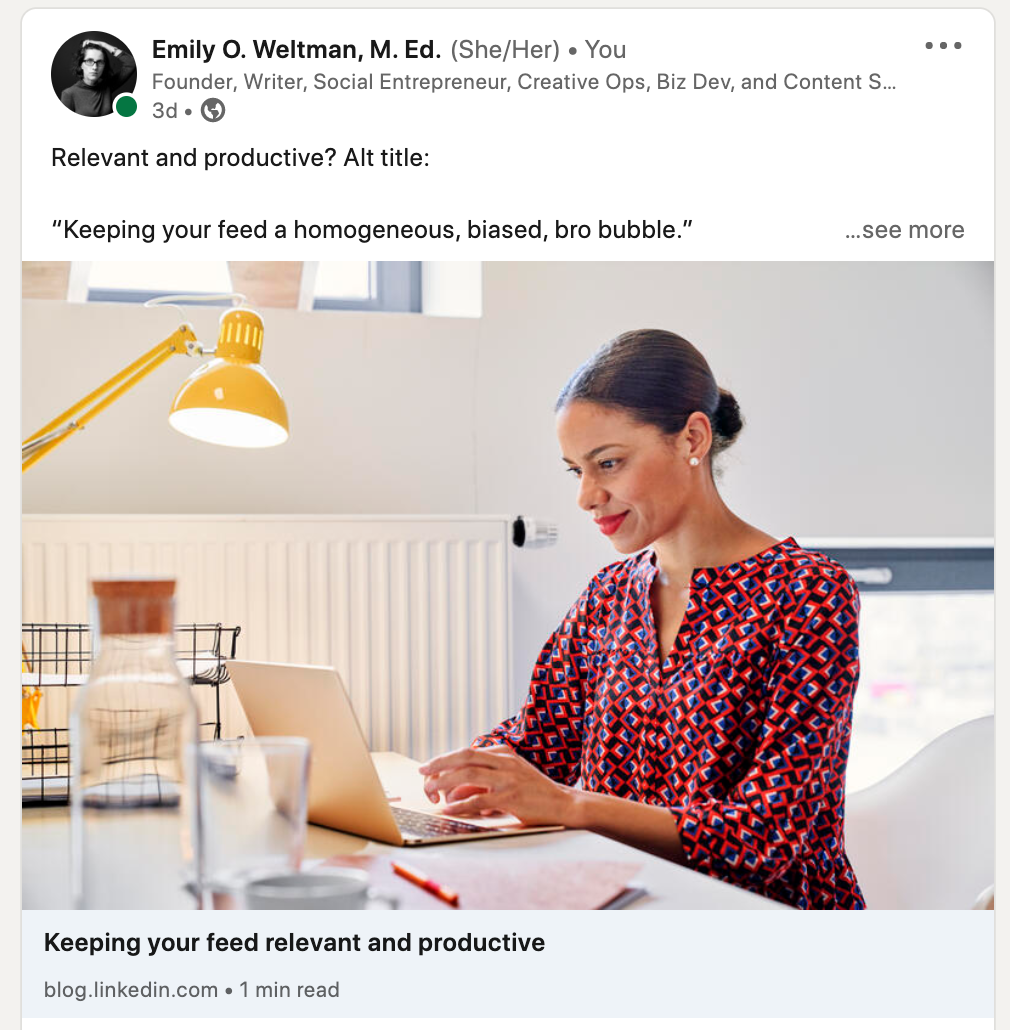
Define “Professional Social Media”
If you thought it was in your head or just your LinkedIn account being weird in May, the good news is it wasn’t. Starting May 5th, they started to roll out “upgrades” for ~800 million users — 25% of U.S. adults. With no warning, notifications, followers, and engagement went haywire. Weeks later, they’re still a hot mess.
Big Tech gaslighters will say it’s in our head. Their postaganda tells us we don’t need hacks to make the feed; we know better. We need to be seen, still trying to survive as entrepreneurs and creators.
On their Safety Center page, “Identifying Abuse” and “Staying Safe” do not say the words harassment, bullying, racism, or sexism. Unfortunately, that’s not not what they updated. The updates won’t help LinkedIn Help either; they still need proof that you know your email address, and “send screenshots for any “complaints” via email.”
What the updates will do is show users the most “useful” content and give us control, so they say. They’re “keeping conversations safe,” making our feed more “relevant and productive.”
Diving right into this (vague af) announcement:
First, define relevant.
Second, define productive.
While you are at it, define professional, useful, appropriate.
Most importantly, please define safe.
LinkedIn product updates TL;DR
Possible Alt-title:
“Keeping Your Feed a Homogeneous, Biased, Bro Bubble.”
Winning title:
“How Hegemony, Heteronormativity, and Hubris Hinder Safer Social Media”
Word of the day: Irony
First, the blog post itself was hard to understand. A quick pass through Hemingway App, showed it failed readability and was written at a 10th grade reading level. To compare, The New York Times’ reading level is 6th grade.
Second, several techbro blogs shared glowing reviews. I found them––on Twitter, regurgitating LinkedIn’s opaque announcement. Curious, no? Couldn’t they, oh I don’t know, ensure it came up in our feeds by “prioritizing relevant content”?
Third, even when I shared LinkedIn’s article about their product updates, their bias Uncle Algo passed. I had to repost without a link to make the feed. What better proof that sharing internal content bombs?
The irony here could be that this update didn’t amplify their own message. Or, maybe this was a case of it working too well, hiding “polarizing ” content? Maybe it shadow banned it, in service of “Reducing low-quality content.”
More irony: We fund this product, and these changes. From 2018 to 2020, with our work, time, and engagement, they made Three. Billion. Dollars. Our labor grew membership from 590m in Q1 2019 to 820m by Q1 2022.
The biggest update could only makes sense to die hard capitalists. The U.S.-only “option to reduce political content in your feed” is designed to make us more productive. Do Americans need to work more? More work means A, we keep busy and ignore our descent into authoritarianism and B, LinkedIn’s profits keep growing.
These changes censor any #ConversationsWithChutzpah and benefit white collar white man, ex-military not looking for work, and retirees. Because they’re uncomfortable, we have to “Stop talking about real things affecting real people’s lives.”
They demand we “Stick to work! Only show us ‘professional’ content. Definitely do not talk about the -isms.”
“Show us your wedding photo, unless you’re gay then don’t push your ‘lifestyle’ on me. Show us your flag, but only if it’s the ‘merican one. Show us your compassion, but only for dogs, puppies, missionaries surprising poor Americans with money so they stop living in their cars.”
“Show us babies, but only if they’re cute. Don’t talk about your bodies (gross!) but we’re talking 24/7 about how you murder the unborn. Life is a miracle, as long as they’re MAGA.”
“You do you, as long as we approve. We’ll stick to guns, hate, and religious zealotry, because, The Constitution.” I guess this is who defines “professional.”
LinkedIn’s solution is more sad than ironic. What’s the best way to make feeds less polarizing? Quiet dissenting voices.
Who caused the problems to begin with?
We are NOT posting to be inflammatory. We’re simply asking others to be human. “Stop killing, harassing, abusing, and raping people” is a fair request. “Black women make 50% less than white — see study” is just a fact.
All we want? Safety, fair pay, and for them to stay out of our comments.
They track down our content and comment dozens of times. They had to be sure we knew our (anti-racist, pro-choice, equality, labor rights, anti-guns, climate change, free elections, pride flags, fair pay, pronouns) content is not worthy of attention.
When it results in more attention, (calling out their bigotry, sexism, misogyny, homophobia, transphobia, antisemitism, anti-muslim hate et al), they become incensed! “Hey! No fair. Stop calling us out. Trolls rights matter. It’s a free internet. I can say you’re going to burn in hell.”
They can’t help themselves and chime in “just to play devil’s advocate” on a post, with data, about pay gaps. “My 2 cents: that the pay gap is in your head!” Thanks; I didn’t ask, and the gap in my head is 48 cents; (Black women make 52 cents on the dollar to white men).
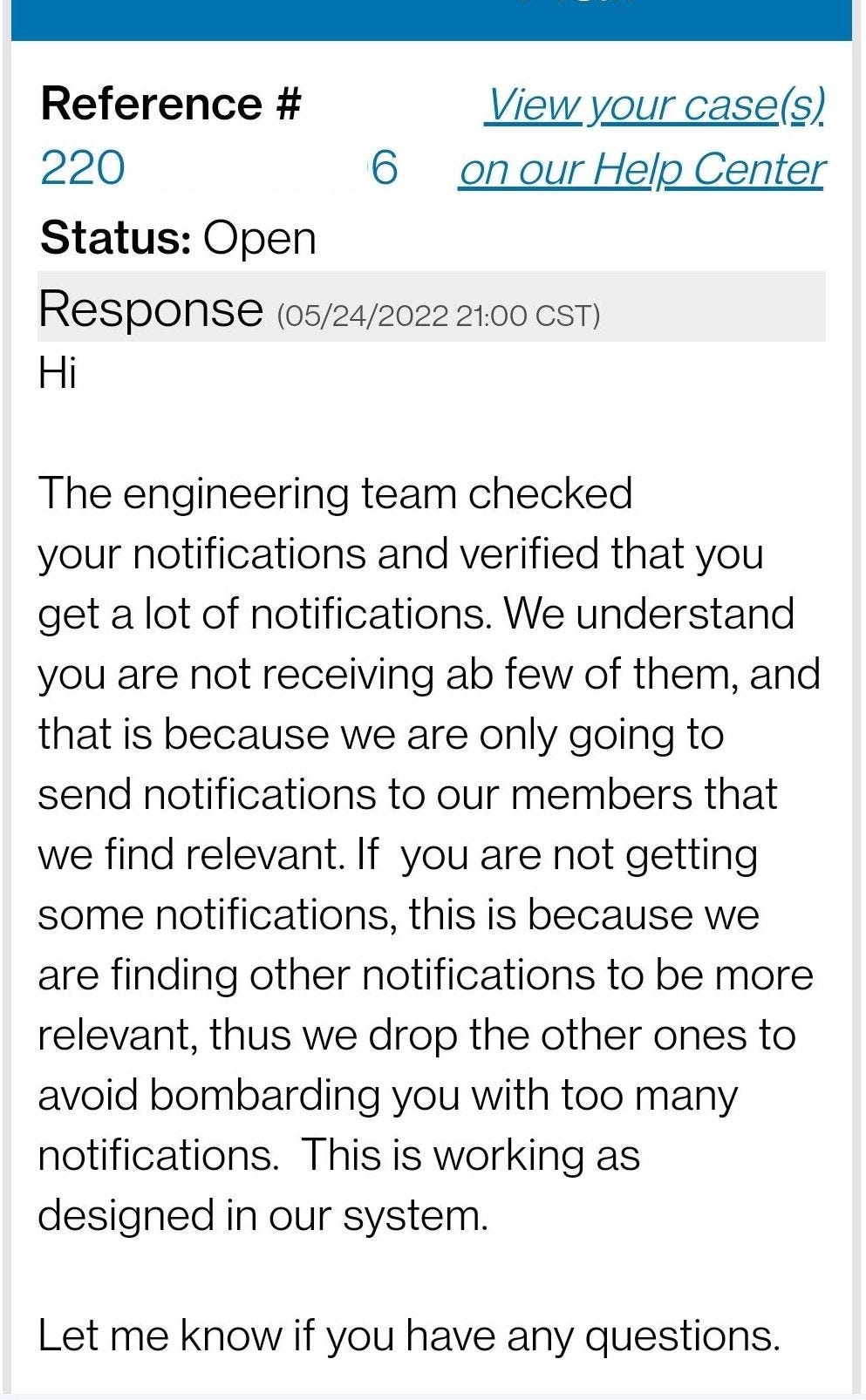
What prompted this update?
Some of these changes “[address] feedback about what you want to see less of your feed.” The response (pictured above) telling a member LinkedIn shares what “we find relevant” says otherwise.
Where did these “requests” and “fixes” come from exactly? I know they didn’t come from my network. LinkedIn has ignored quality suggestions from safe-web advocates, victims of online hate, and design experts for years.
Cindy Gallop in Fast Company, Madison Butler, Ashanti Martin in the New York Times, and many many more (including me) offered free advice. Aisha Joseph documented racist censorship, and even met with higher ups in 2020, and was ghosted. Sharon Hurley Hall, gave tips on how to be Black on LinkedIn in 2021 and 2022. Her piece “The Ongoing Evidence That LinkedIn is Censoring Black Creators” is almost to meta to mention.
LinkedIn’s product changes imagine a fresh, updated #FutureOfWork; shockingly, we’re still not in it. They only listen to “diverse” voices if they can benefit. They hope we’ll use their custom-clout hashtag #HaveConversationsButNotTHATconversation. It’d be funny, if it wasn’t so rage inducing.
“The loudest voices, amplified by every social platform, belong to white men. Other voices continue to be muffled. And, as Ashanti Martin said, voices belong to Black women aren’t even a whisper. One by-product: social media is rife with risks to our safety.”–"Social media cheats, but for now I am here to stay."
Worried that our voices are the only thing LinkedIn forgot? Don’t be. They also forgot to reduce our mental load.
They make zero mention of changes to backend moderation. Via vague updates, they promise to invest a total of zero in combating hate.
“We are continuously investing in the teams, tools, and technology to ensure that the content that you see on your feed adds value to your professional journey.”
Phew, I feel safer now than ever before. Don’t you?
Social media “cleaning up” feeds with zero invested in online safety tracks. The fact that I’m still trying to make a living using LinkedIn does too.
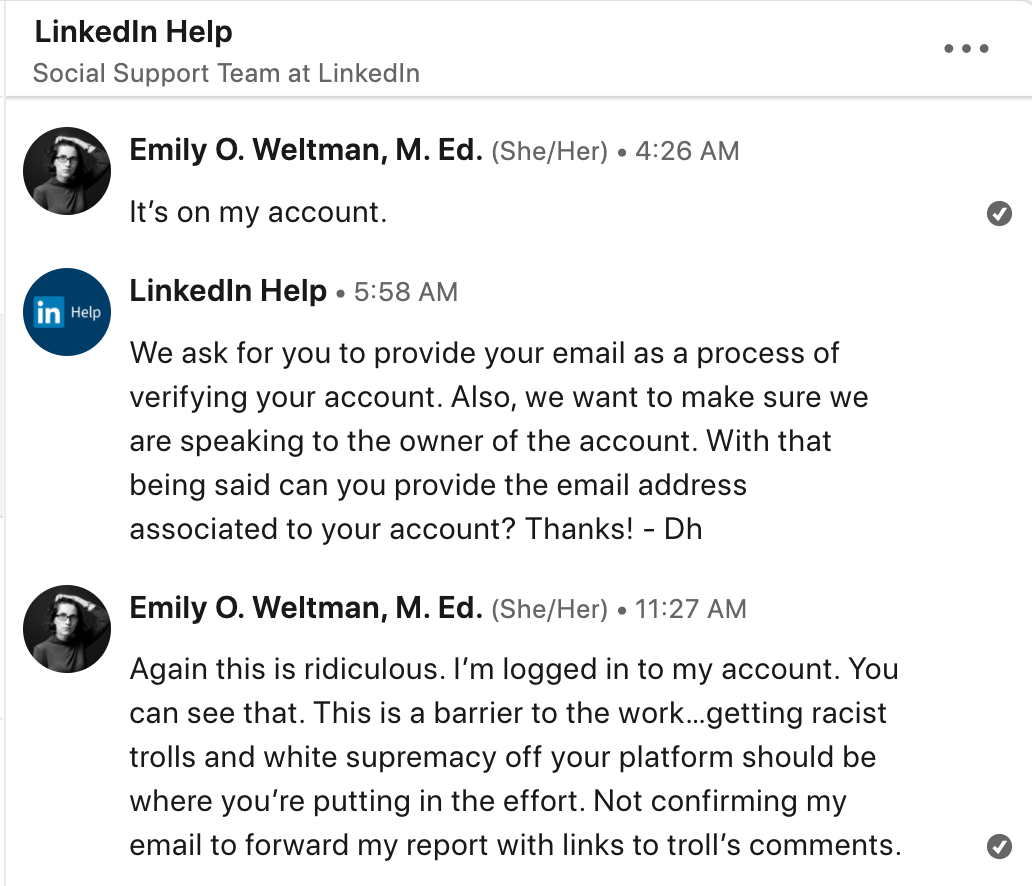
What about our livelihoods?
Everything is fine. Success is a mindset. Leaders can still share (vapid) thoughts to their adoring fans. Everything is fine, except a “few” issues.
- They “fixed” branded content for creators. Using the same sign off or similar phrases every time you post is a no go. Biased Uncle Algo will think you’re trying to get engagement on purpose! Imagine?!! Use a catch phrase? Running an organic campaign? Sorry. Only “fresh and relevant content” allowed, remember? I used “💥H0t T!p” on my repost just in case. This is another design fix making branding homogenous, unless we pay even more and buy Ads.
- Most people will just give kudos without question, if they see it at all, just like the TechBro blogs did. We need to be hyper vigilant and hyper critical about company announcements, questioning everything in the media. Media literacy is part of a creator’s job.
- Patriarchal voices will win the day, winning more business! Giving an option to downvote posts only turns down the volume on important conversations and “diverse” voices. It silences politics, cultture, science, turning the truly polarizing up to an 11! Here I thought they said this wasn’t Facebook?
- This makes it easier for trolls. We don’t argue in their all lives matter posts or tracking down their pro-life diatribes to fill the comments with pro-choice links. The numbers of banned voices of “dissent” are bound to rise from their reports, falsely accusing us of bad language for saying “racism.”
- We still have to moderate, unpaid. Patriotic patronizers’ find our celebratory posts about Kamala Harris and Justice Ketanji Brown Jackson, and they respond with overt racism and sexism, and always get a pass. We get sexually harassed, deal with TERFs, get dick pics, and propositioned; Black Queer people get death threats; trans people get told to drop dead. Good ol’ antisemitism is still hiding in plain “site.”
Good thing we’re paying them, right?
Homophobic accounts continue to raise capital. The women-owned gun store? Still sharing tasteless memes with veiled threats. Fatphobic business coaches “work related” posts and polls remain popular — fat people are all lazy and just need to do the work (obviously). The CEO who wants to make the alt r!g&t great again? According to their LinkedIn company pages, business has never been better. See? They’re winning.
To sum up:
–Racism is bad…to talk about.
–Our invisible labor continues; we’re the moderators.
–Tech Bros are reliable…in always making things worse for marginalized voices and silencing the ones hurt most by their work.
–Women are welcome…as long as we back them up and smile.
–Relevant, productive content is the focus, per LinkedIn. (Includes posts saying “Hollywood is making your stuff gay.” — a campaign tagline that led to $1m in capital from adoring LinkedIn followers.)
The Powers That Be can be counted on for two things. Sharing great ideas…of others, then completely botching them, and missing the point. That, and believing they can, and should be the one, to fix literally everything.
It’s impressive, actually. LinkedIn fixed social media and solved all the -isms in one fell swoop, (by kicking everyone out who faces an ism?). Great work guys!
I didn’t think it could be done. Maybe they should quit while they’re ahead? (Maybe I should too?)
In closing, LinkedIn hopes with future updates we “continue to have a safe, productive, and trusted experience.” Wait, I thought this update fixed safety and productivity? Never mind.
I feel more productive and more relevant by the minute. Don’t you?
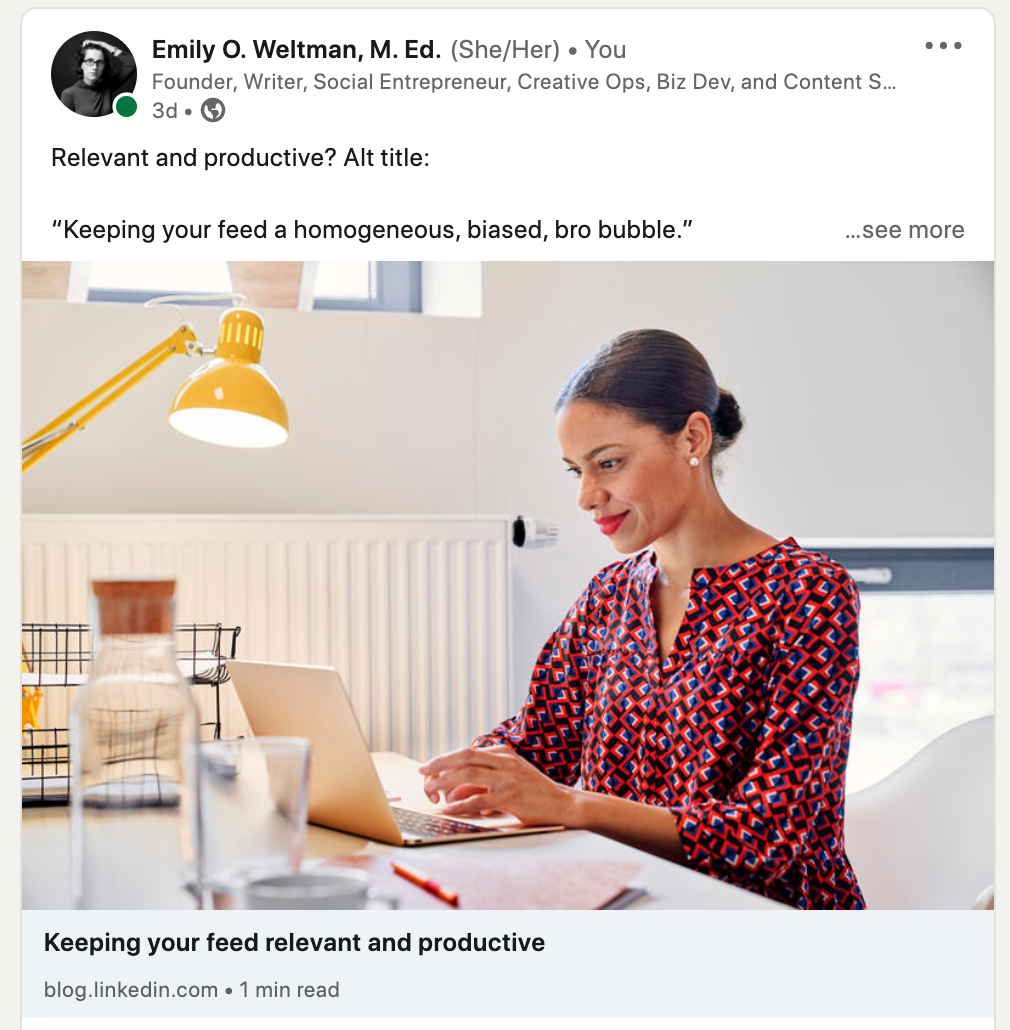
Originally Posted on Medium May 31, 2022.
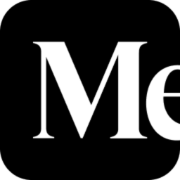

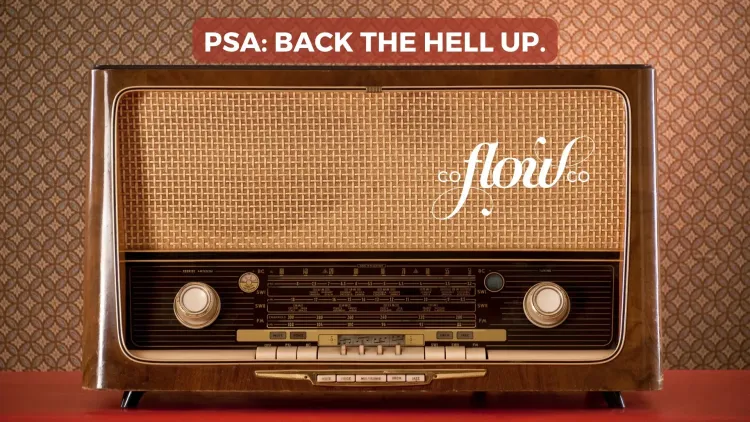
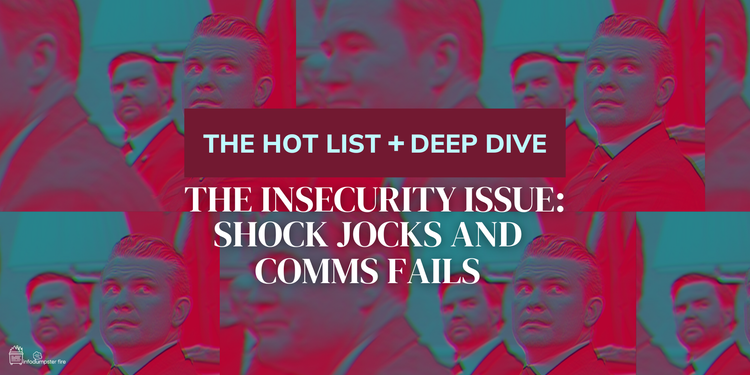


Member discussion